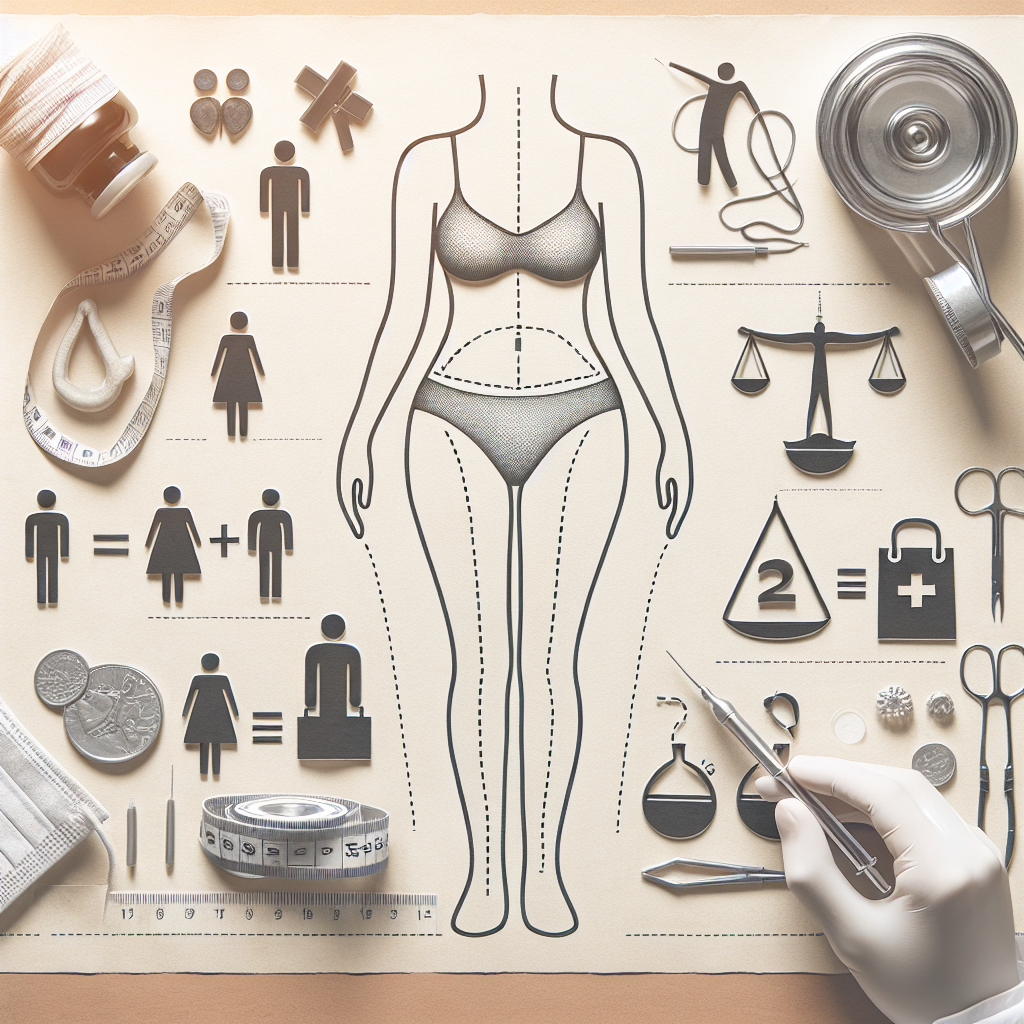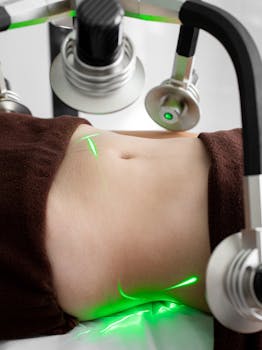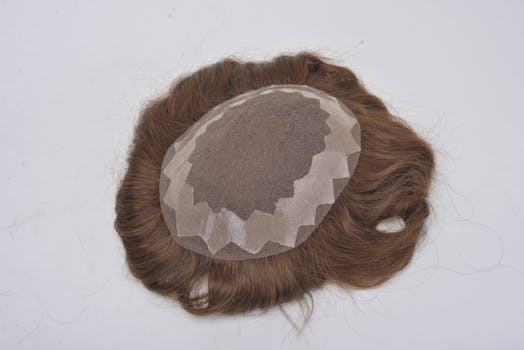Many people consider body contouring to address stubborn fat around the hips, waist and thighs. If you’re exploring surgical options, hip liposuction is a common procedure that targets localized fat pockets to create a smoother silhouette. This article outlines who may benefit, the likely results, the risks and the recovery so you can decide whether this approach aligns with your goals.
What is hip lipo and how does it work?
Hip lipo (short for liposuction of the hips) removes excess fat cells through suction after they are loosened with techniques such as tumescent fluid, ultrasound-assisted, or power-assisted devices. It is not a weight-loss operation but a sculpting procedure best for people near their ideal weight who have isolated deposits of fat that resist diet and exercise.
Pros: Why patients choose this procedure
- Targeted contouring that can instantly improve the waist-to-hip ratio and clothing fit.
- Relatively quick outpatient procedure with visible changes once swelling subsides.
- Long-lasting removal of fat cells in treated areas when weight is maintained.
Cons: Risks and limitations
As with any surgery, there are trade-offs. Common and less serious issues include bruising, swelling, temporary numbness and irregularities in skin contour. Less common but more serious risks include infection, bleeding, poor wound healing and contour asymmetry. Realistic expectations are essential: liposuction sculpts rather than transforms overall body composition.
Who is an ideal candidate?
Good candidates generally have firm, elastic skin and localized fat deposits. People with significant skin laxity, widespread obesity, or certain medical conditions may be advised to pursue alternative approaches such as weight management, body-lift procedures, or medical evaluation before surgery.
Expected recovery and timeline
Recovery varies by person and technique. Most patients return to light activity within a few days and resume more strenuous exercise in 2–6 weeks depending on surgeon guidance. Compression garments are commonly recommended to reduce swelling and shape the treated area during healing.
Results and how to evaluate them
Visible improvement typically emerges as swelling decreases over several weeks to months. Many people track progress with standardized photographs; searching for “hip liposuction before and after” images can help set realistic expectations, but remember that individual outcomes depend on anatomy, surgical technique and post-op care.
Maintaining results
Because liposuction removes fat cells from treated areas, results can be long-lasting if body weight is maintained. A balanced diet and consistent exercise are the best ways to preserve contouring results. If weight is gained after the procedure, fat may accumulate in other areas or the remaining cells in the treated zone.
Preparing for surgery and what to ask your surgeon
Before scheduling, ensure your surgeon is board-certified in plastic surgery or the relevant specialty and reviews your medical history, current medications and recovery expectations. Questions to ask include:
- Which liposuction technique do you recommend and why?
- What is the expected recovery timeline and pain management plan?
- Can I see before-and-after photos of similar patients?
- What are the possible complications specific to my case?
Post-op skincare and sustainable choices
Good wound care and gentle skin care support healing. Choosing mild, fragrance-free products and minimizing harsh exfoliants during recovery reduces irritation. If you prefer environmentally conscious options, consider sustainable, low-irritant products—see this eco-friendly skincare guide on sustainable products and practices for healthy skin for ideas that pair well with post-surgical care.
For authoritative medical information about liposuction techniques, risks and recovery, consult trusted health resources such as MedlinePlus: MedlinePlus overview of liposuction.
- Pros: targeted contouring, relatively quick results
- Cons: not a weight-loss solution, carries surgical risks
- Maintenance: healthy lifestyle is essential for long-term results
FAQ
Is hip liposuction painful?
Discomfort varies, but pain is typically managed with prescribed or over-the-counter medications. Many patients report soreness similar to an intense workout for the first few days.
When will I see my final results?
Final contouring may take several months as swelling resolves; many people notice significant improvement by three months and near-final results by six to twelve months.






